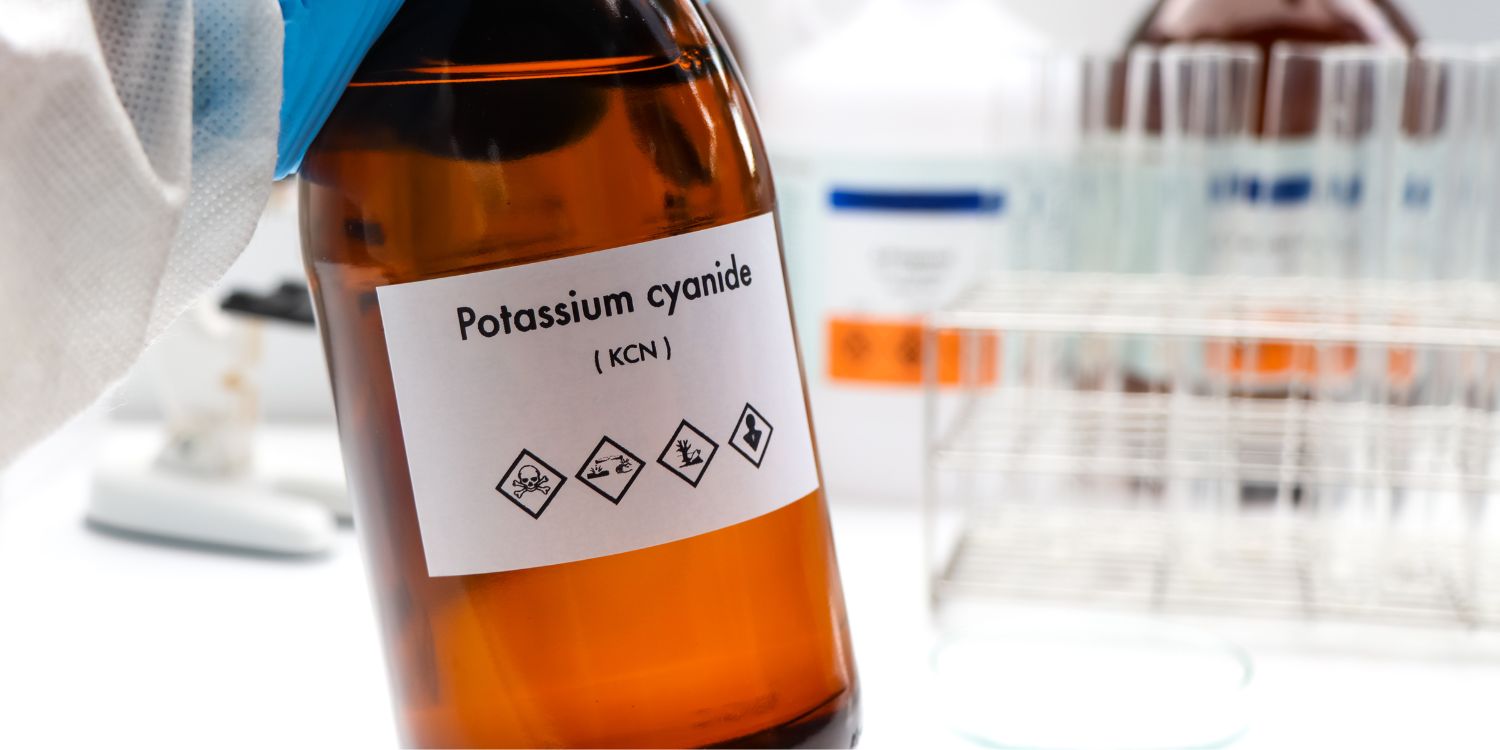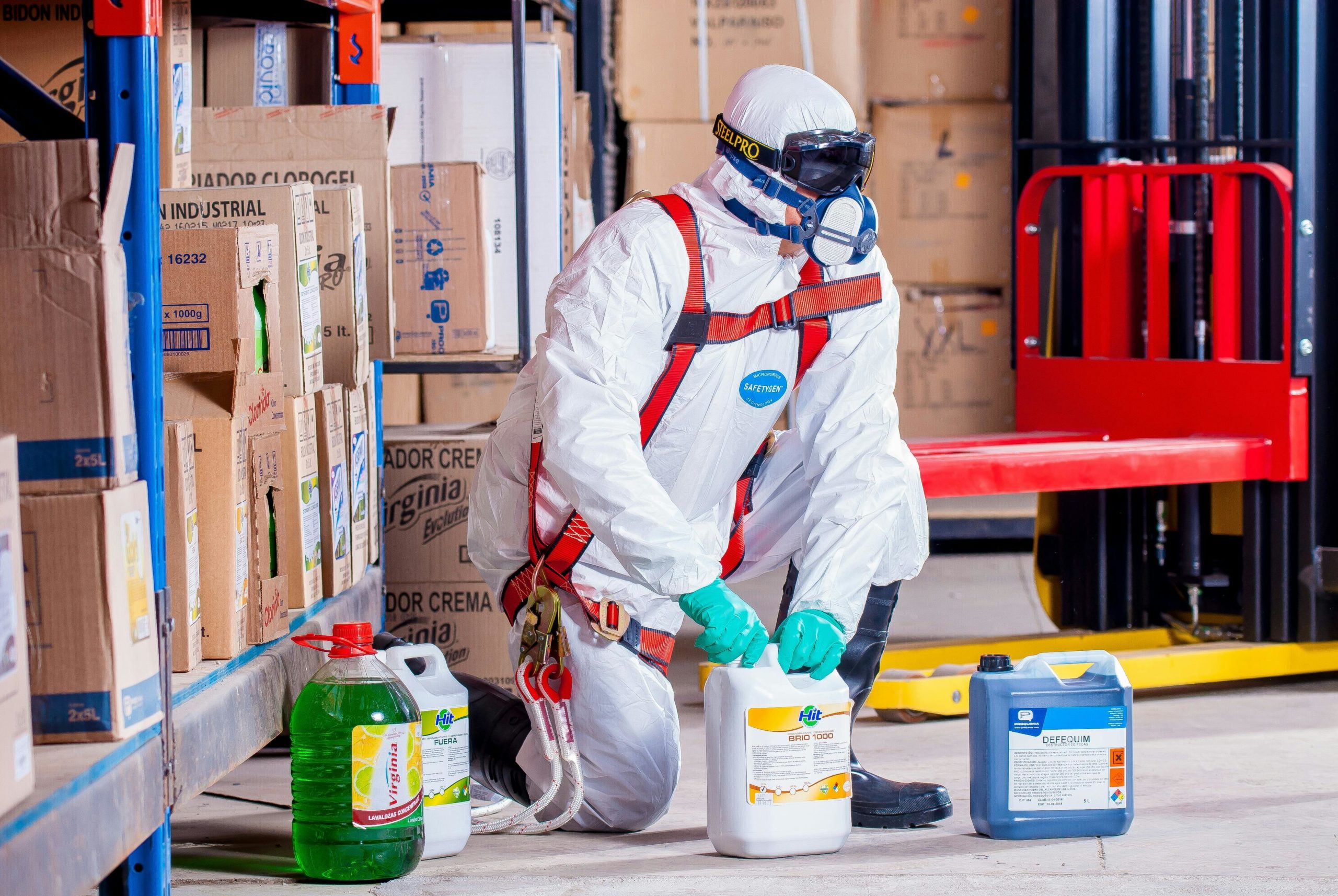What is cyanide & how to identify symptoms of poisoning
Recently, six tourists in Thailand were poisoned with cyanide in their hotel room, resulting in their deaths.
They were reported to have ingested beverages that were laced with the poison.
Thai police identify cyanide poisoning as the cause of 6 deaths in Bangkok hotel
Cyanide is a chemical that has many uses in our everyday lives. It is found in paper, textiles, plastics, and is even present in Vitamin B12, which helps keep individuals with anaemia healthy.
However, it also has a bad reputation as it can combine with other chemicals to create deadly poisons.
Although cyanide poisoning is uncommon, it can be useful to know how to recognise it.
Find out its causes, symptoms, and first-aid measures to prevent major health problems caused by this chemical.
Causes of cyanide poisoning
Cyanide comes in solid, liquid, or gas forms, so exposure can happen in many ways.
Despite this, instances of cyanide poisoning are rare. Most people are likely to encounter cyanide by breathing in smoke from fires, tobacco, or air from a hazardous waste site.
Therefore, those who live near or work at industrial facilities — such as those processing metals or petroleum — may be at a higher risk of cyanide exposure.
Cyanide can also be found in apple seeds and in the seeds of similar fruits such as cherries, peaches, and apricots. However, small amounts can be neutralised by enzymes in your body.

Source: Pexels
To put it into perspective, you would need to finely chew and ingest about 200 apple seeds for it to be fatal, according to Healthline.
People who work in certain fields are also more susceptible to cyanide poisoning. These include manufacturing, pest control, mining, and farming.
Consumer products such as pesticides may also contain cyanide.
A factsheet published by Johns Hopkins Bloomberg School of Public Health noted that cyanide has historically been used for a darker purpose — chemical warfare.
The “fast-acting” and “highly lethal chemical” can be delivered in oral form via sodium cyanide and potassium cyanide or as a gas via hydrogen cyanide and cyanogen chloride.

Source: Canva
It can also be absorbed through topical exposure.
When ingested or inhaled, cyanide prevents cells from using oxygen, causing “rapid death”.
The poison mainly affects the central nervous system (CNS) and cardiovascular systems.
Symptoms of cyanide poisoning
Symptoms of cyanide poisoning can vary depending on the dose, length of exposure, and type of compound one was exposed to.
According to Healthline, some of the common symptoms of cyanide poisoning are:
- weakness
- nausea
- confusion
- headache
- difficulty breathing
- seizure
- loss of consciousness
- cardiac arrest

Source: Pexels
Symptoms can also progress rapidly when exposed to a large amount of cyanide, regardless of the exposure route. These severe symptoms include lung injury, coma, and death.
According to the Johns Hopkins Bloomberg School of Public Health, ingesting 100 to 200 mg of sodium or potassium cyanide would prove fatal.
Death may occur within minutes of consuming a lethal dose of cyanide salt, or within seconds of inhaling a lethal dose of cyanide gas.
Additionally, significant cyanide exposure can lead to long-term damage to the heart, brain, and nerves, according to the Centers for Disease Control and Prevention (CDC).
How to prevent cyanide poisoning
Healthline suggests the following measures to prevent cyanide poisoning.
- Install smoke detectors to help prevent home fires.
- Childproof your home by keeping toxic chemicals locked away.
- Follow safety regulations if you work with cyanide, and avoid bringing potentially contaminated clothing or gear home.

Source: Pexels
The Washington State Department of Social and Health Services also advises against smoking in enclosed spaces.
Additionally, avoid ingesting apple seeds and similar fruit seeds to avoid accidental cyanide poisoning.
What to do when you suspect cyanide poisoning
If you suspect cyanide poisoning, the CDC advises getting away from the area contaminated by the chemical and breathing in fresh air.
If the chemical was released outdoors, get indoors to avoid further contamination. Ensure windows are closed and ventilation systems are turned off to prevent cyanide from entering indoor spaces.
If unable to seek shelter indoors, leave the area entirely.
Conversely, if cyanide was released indoors, evacuate the building immediately.

Source: Pexels
For exposure through touch, get the contaminated object off your body instantly. Take off as many layers of clothing as possible, including accessories, and shower as soon as you can.
When you do this, avoid pulling clothing over your head to avoid getting cyanide in your eyes, nose, or mouth. Then, place your items in a plastic bag to avoid contamination.
If you suspect ingestion of cyanide, do not induce vomiting.
It is best to seek immediate medical attention at a hospital and receive treatment with a specific antidote.
Also read: Thai police identify cyanide poisoning as the cause of 6 deaths in Bangkok hotel
Thai police identify cyanide poisoning as the cause of 6 deaths in Bangkok hotel
Have news you must share? Get in touch with us via email at news@mustsharenews.com.
Featured image adapted from Canva and Al Jazeera. Image on the left for illustration purposes only.









